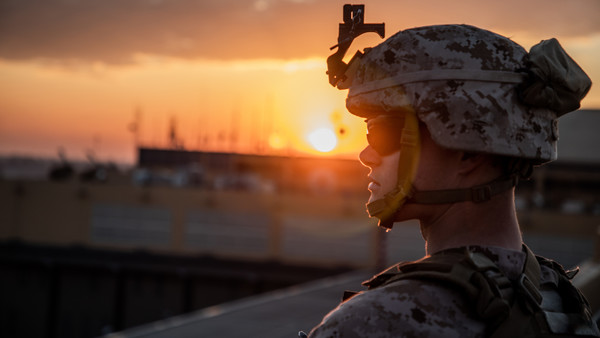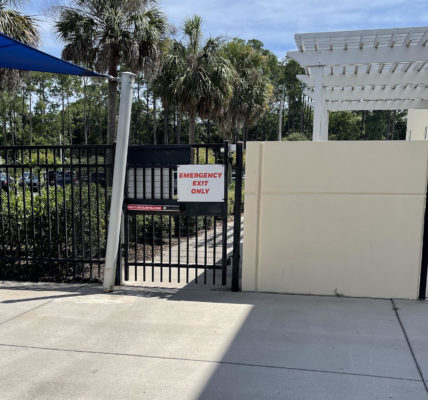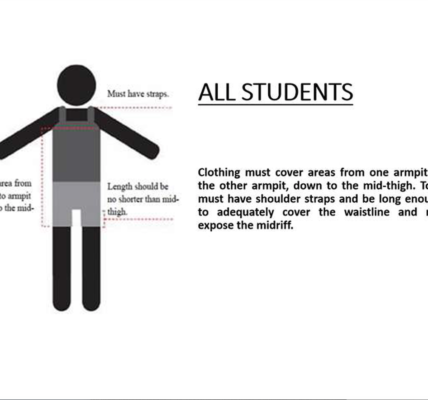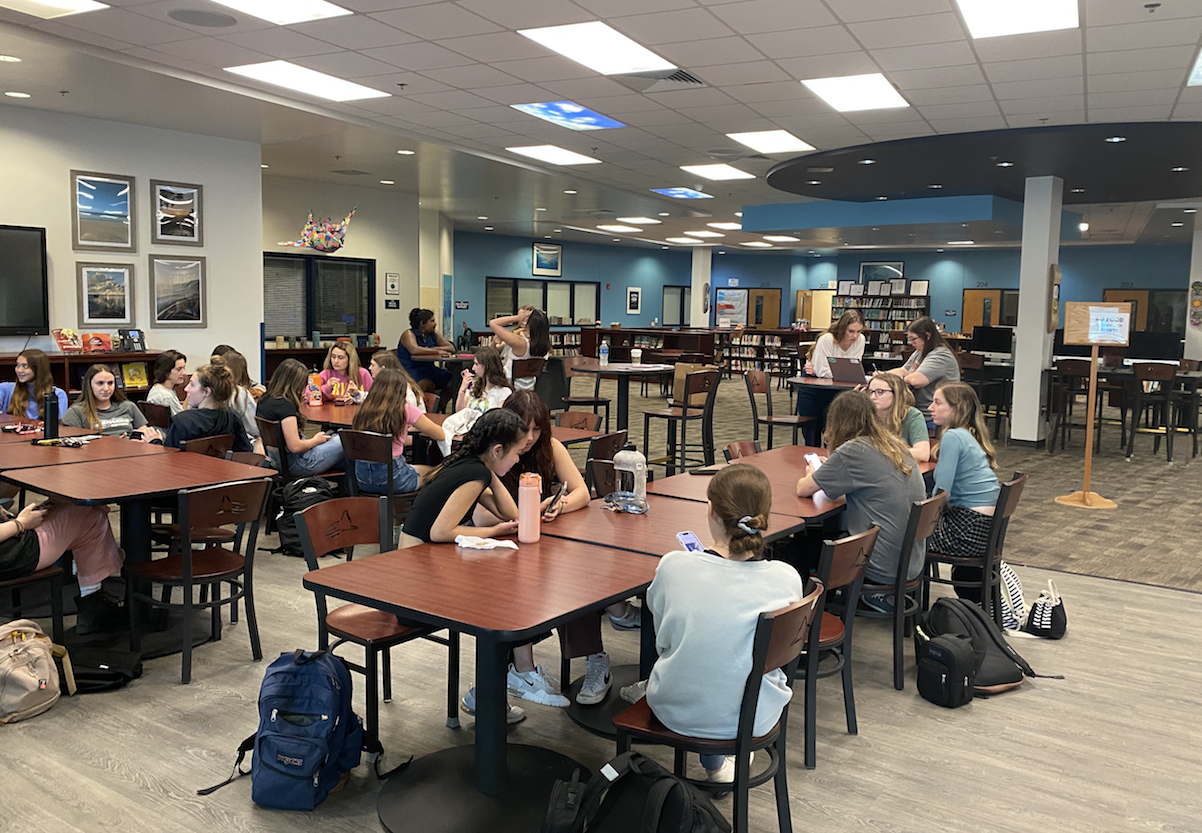By Jacob Lowenthal
With conflict rising in Iran, there has been heightened talk about the draft among students at PVHS. While many say it is unlikely there will be another draft after the disapproval of the Vietnam draft by the public, there is reason to explain the Selective Service regiment.
United States drafts have been happening during war since the American Revolution, but the first ever peacetime draft was enforced by Roosevelt during World War II in 1940. This was possible through the Selective Training and Service Act, which was implemented and enforced in 1940. This meant that it was mandatory for all men aged 21 to 45 to register for the draft. A lottery system was then used to call those chosen to go and fight. The act was disbanded in 1973 when the U.S. pulled out of Vietnam. Today, the Selective Service System still requires all men who are U.S. citizens to register for the Selective Service within 30 days of turning 18. Once signed up, all eligible men up to age 26 are able to be drafted.
At this time, women do not have to register with Selective Service, and therefore cannot be drafted. Despite this being deemed unconstitutional by a district judge in National Coalition for Men v. Selective Service System in February of last year, the court nor Congress has provided further instruction or information on the situation.
Should a man refuse to register with the draft within 30 days of turning 18, or dodge the draft should it come, both bear the same punishment by law, which is a fine up to $250,000 and/or prison time up to five years. In 1977 however, President Carter granted amnesty for all Vietnam draft dodgers.
There are some exemptions to the draft. Should one be drafted, that doesn’t necessarily mean seeing the battlefield. Should one not want to fight, they could become a conscientious objector. This means that a person, for reasons of conscience, objects to comply with a particular requirement, especially serving in the armed forces. Conscientious objectors are assigned noncombat or civilian service rather than military service. 18-26 year olds will not be drafted while still in high school, have had a death or illness in immediate family, have had a sibling die while serving, must take care of someone who is dependent upon them, and occasionally if they are an immigrant. The classification given to those who aren’t exempt is 1-A meaning available for service. There are different statuses for those who are exempt.





